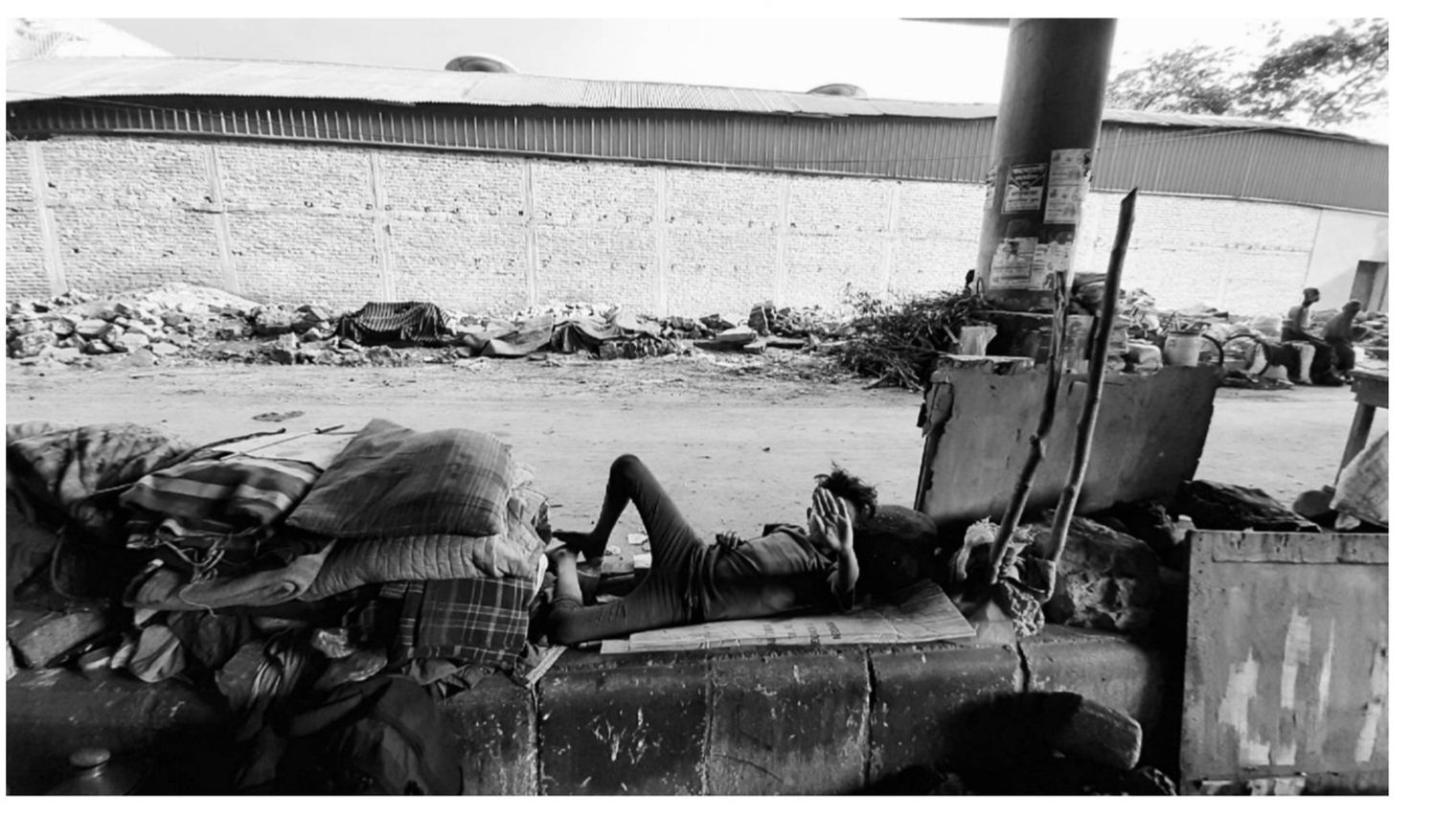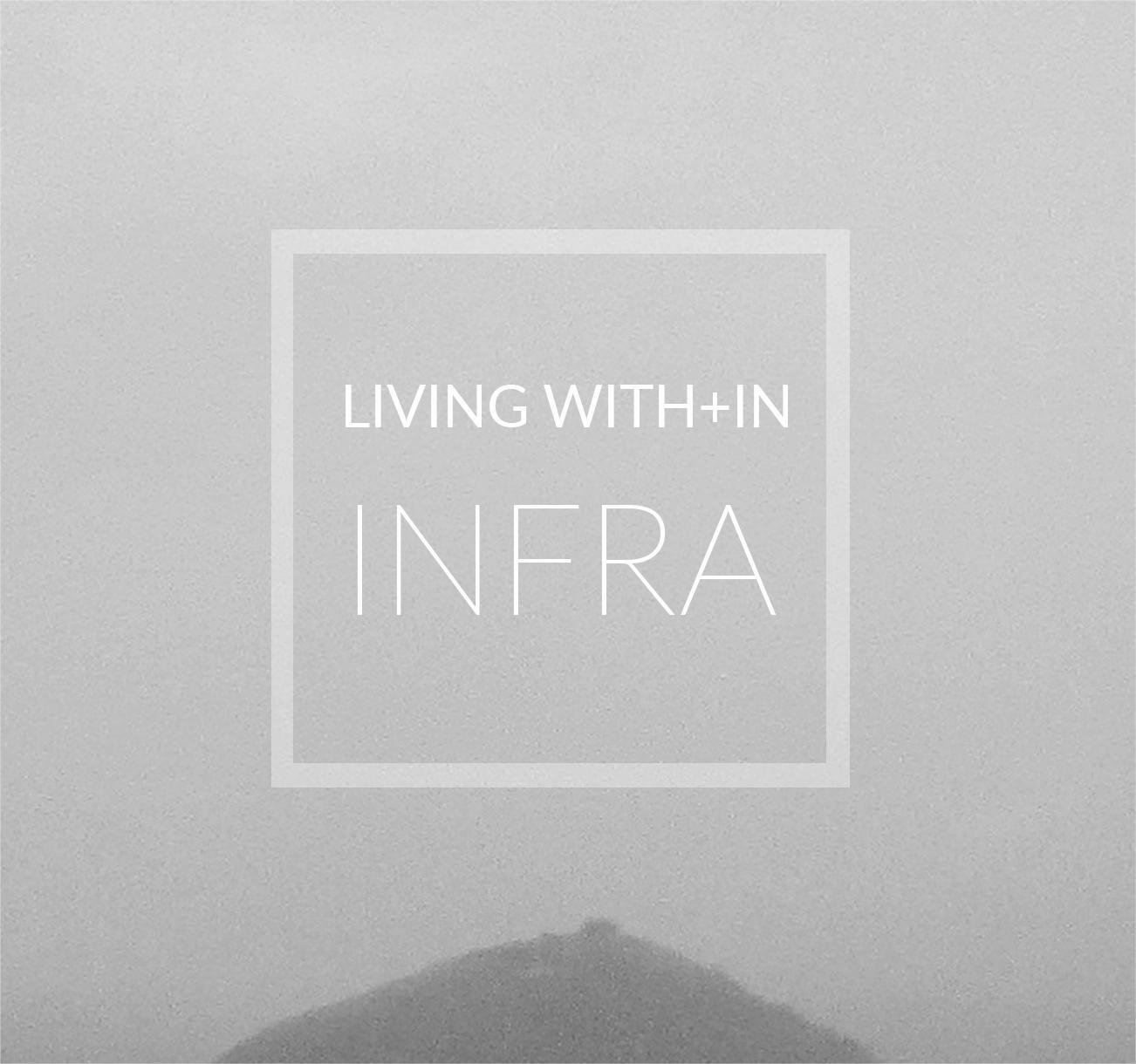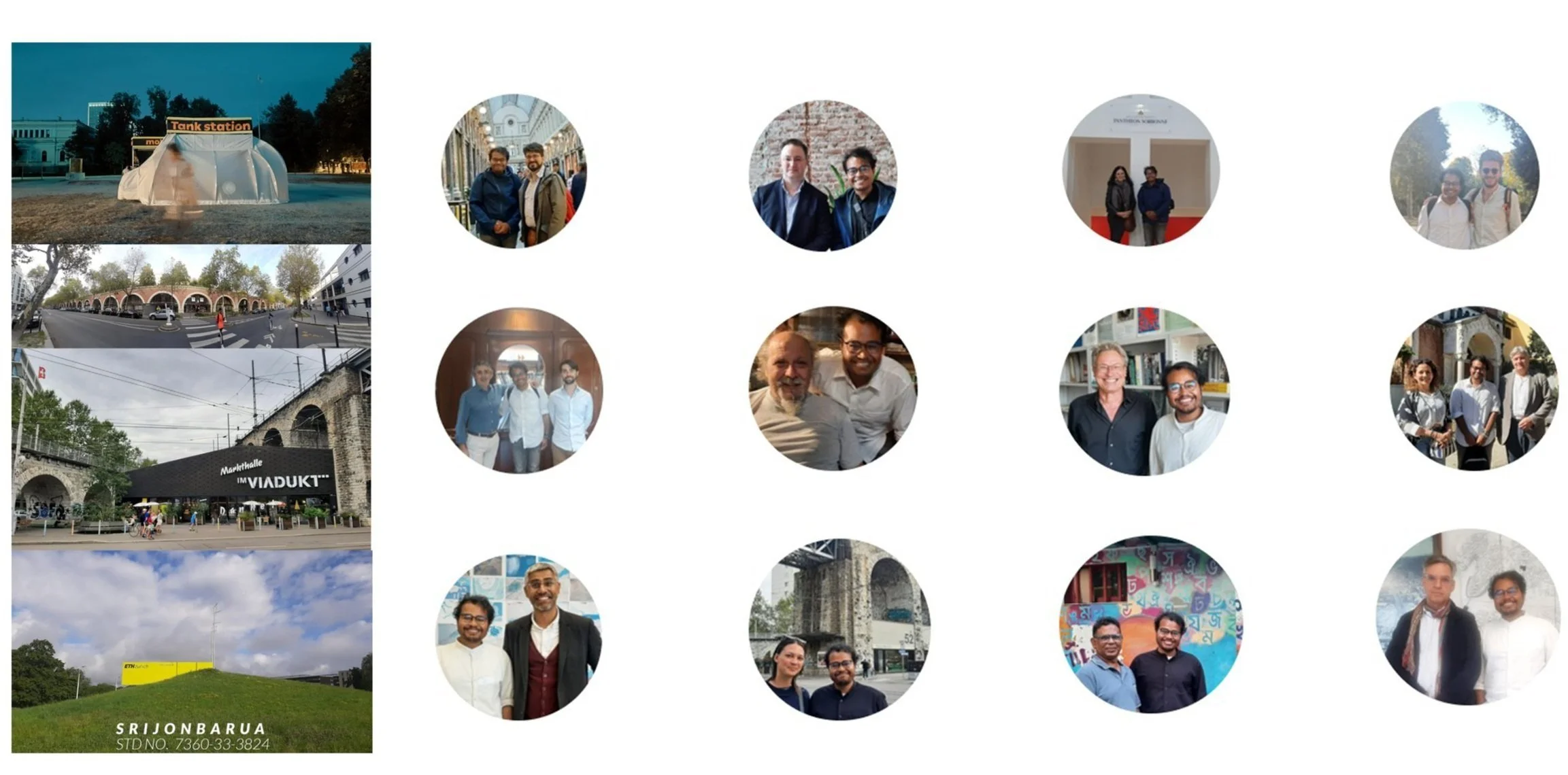irs: infra residual spaces

Dhaka Tejgaon Nabisco Flyover
nature of infra-residual-spaces
Infra-Residual Spaces (IRS) are unintended, underutilized, or leftover urban spaces that emerge as by-products of large-scale transportation infrastructure such as viaducts, elevated railways, flyovers, and bridges. These spaces are often characterized by their ambiguous functionality, undefined ownership, and lack of integration within formal urban planning frameworks. Despite their perceived status as neglected voids, IRS hold immense potential for adaptive reuse, serving as social, economic, and environmental assets when strategically managed. Historically, spaces like the Roman aqueducts or London’s railway arches demonstrate the transformative capacity of IRS, evolving into dynamic hubs of activity. However, in many contemporary contexts, IRS are associated with socio-economic vulnerabilities, including displacement, environmental degradation, and informal governance structures.
Infrastructural Adaptation series - Springer Nature
Article 01 : Post infra adaptation
Article 02: On the Nature of Infra-Residual-Space (forthcoming)
8 cities
7 cases
3 projects
40+ interviews





